Thomas Campbell of Pencloe
Thomas Campbell was baptised on the 4th April 1746, third born of Hugh Campbell and Agnes Logan of Lanemark in the parish of New Cumnock. The family later lived at the Campbell property of Whitehill before before moving to Pencloe in 1755 when Hugh Campbell bought the family property in Glen Afton from his brother Andrew for 17,600 merks. Hugh Campbell died soon after and by 1763, his son Thomas Campbell had sasine of Pencloe.
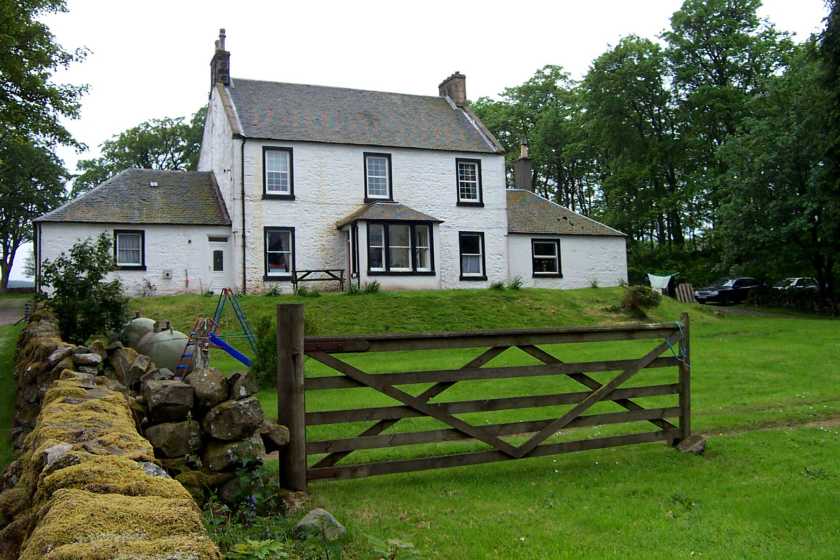
Robert Burns
In Chris Rollie’s fabulous ‘Robert Burns and New Cumnock’ is found the letter, written in August 1786 from Robert Burns (from John Merry’ Inn, Cumnock) to Thomas Campbell.
To Monsr. Thomas Campbell, Pencloe Care of Mr Good
My Dear Sir,
I have met with few men in my life whom I more wished to see again than you, and Chance seems industrious to disappoint me of that pleasure. – I came here yesterday fully resolved to see you and Mr Logan at New Cumnock, but a conjuncture of circumstances conspired against me. Having the opportunity of sending you a line, I joyfully embrace it, – It is perhaps the last mark of our friendship you can receive from me on this side of the Atlantic, – Farewell! May you be happy to the wishes of parting Friendship!
Robt. Burns
Mr J. Merry’s Saturday Morn [ 19? August 1786]
How Rabbie and Thomas became acquainted is unknown but clearly Campbell made a big impression on the newly burgeoning bard. This was a crucial time for Burns with his life at a cross roads. On the 31st July ‘The Kilmarnock Edition’ (‘Poems, chiefly in the Scottish dialect’) had been published and yet here he is bidding Campbell farewell as he plans to leave these shores and emigrate with Mary Campbell ‘Highland Mary’ to work as a bookkeeper in the sugar plantations of Jamaica. Burns had hoped to meet with Campbell and Mr Logan at New Cumnock, before he departed.
John Logan of Knockshinnoch and Laight
John Logan lived with his wife Martha McAdam and family at Laight in Glen Afton, a near neighbour of Thomas Campbell. The success of the Kilmarnock Edition was down to subscribers like Logan, who had taken 20 copies , which would have yielded a return of £3, at three shillings a copy. In early September a month after the poems had been published Burns abandoned his plans to go to Jamaica and soon after Jean Armour gave birth to twins. By October ‘Highland Mary’ had died and in late November he set out for Edinburgh. The ‘Star of Rabbie Burns’ was in the ascendency.
Robert Burns and John Logan became firm friends and his visits to Laight nestled on the green braes above the sweet Afton doubtless inspired one of the Bard’s most loved works.
One of his most notorious works ‘The Kirk’s Alarm‘, Rabbie included a presentation stanza to his friend, John Logan – Afton’s Laird
‘Afton’s Laird ! Afton’s Laird when your pen can be spared,
A copy of this I bequeath,
On the same sicker score as I mention’d before,
To that trusty auld worthy, Clackeith,
Afton’s Laird! To that trust auld worthy, Clackleith.’
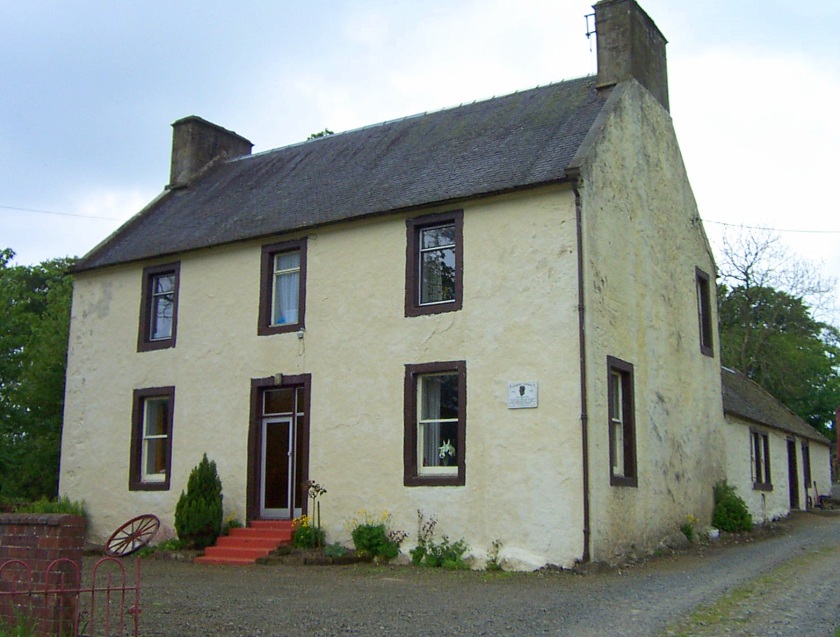
Thomas Campbell was not only a near neighbour of John Logan, he was also his cousin, his mother Agnes Logan was the sister of John’s father, James Logan of Knockshinnoch. Thomas was a regular visitor to the Logan household and he became besotted with his young cousin Jean Logan. However she only had eyes for a travelling salesman called Sandy Pagan, and in 1773 much to her family’s disappointment she ran away with him and the unlikely pair were later married.
The Pencloe Papers
Thanks to Alexander (Sandy) Murray the current proprietor of Pencloe it has been possible to unearth connections between Thomas Campbell and other known acquaintances of Robert Burns. Many old documents – dispositions, minutes of sale and sasines – associated with Pencloe (often referred to as Penclove) have survived and one of particular interest, the ‘Minute of the Sale’ between Thomas Campbell of Pencloe and William Farquhar of the neighbouring property of Lochingerroch , dated 9th October 1778, is signed by Gavin Hamilton, John Richmond and William Logan.
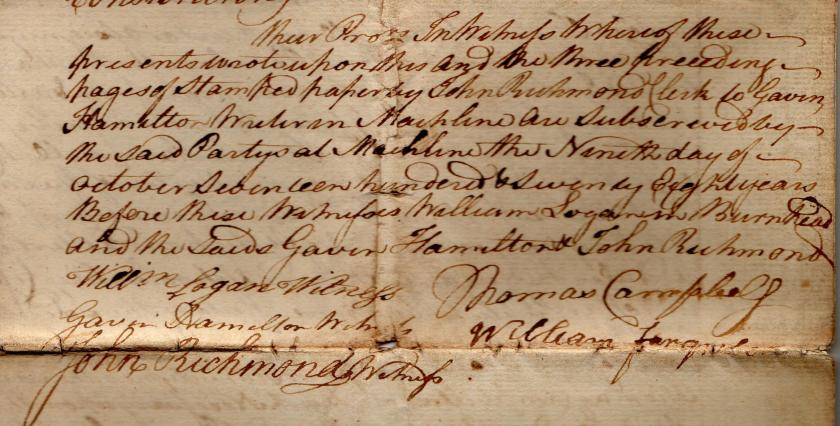
Gavin Hamilton
Gavin Hamilton was a lawyer (‘writer’) who lived in a fine house adjacent to the Mauchline Castle, where in October 1778 Thomas Campbell and William Farquhar met with Hamilton to agree the terms of the sale.
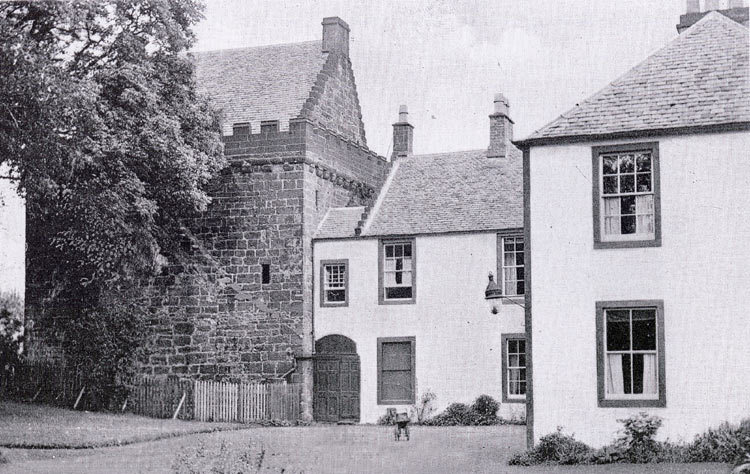
Some six years later Hamilton, sub-leased Mossgiel Farm in Mauchline to Rabbie and his brother Gilbert and the two became great friends. Many of Burns’ poems were composed at Mossgiel and it was his new landlord that strongly encouraged him to publish his poems by subscription and fittingly the the ‘Kilmarnock Edition’ was dedicated to Gavin Hamilton.
Burns and Hamilton both had their run-ins with Auld Lichts of the Mauchline Kirk sessions, for different reason. Rabbie expresses his admiration for Gavin (Gaw’n) in the ‘Epistle to the Rev. John McMath’.
‘There’s Gaw’n, misca’d waur than a beast,
Wha has mair honour in his breast
Than mony scores as guid’s the priest
Wha sae abus’d him:
And may a bard no crack his jest
What way they’ve us’d him?’
John Richmond
John Richmond, from Sorn, was clerk to Gavin Hamilton. He too became a firm friend of Burns and together with Jamie Smith and William Hunter were the founding members of the Mauchline’s bachelor’s club known as ‘The Court of Equity’. Rabbie was designed the ‘Perpetual President’ and Richmond the ‘Clerk of Court’.
‘IN truth and honour’s name.-Amen.
Know all men by these presents plain,
The fourth of June, at Mauchline given,
The year ‘tween eighty five and seven;
We Fornicators by profession,
As by extraction from each session,
In way and manner here narrated,
Pro bono amor congregated,
Are by our brethren constituted,
A court of equity deputed:’
William Logan
William Logan in Burnhead is a witness to the sale of Pencloe between Thomas Campbell and William Farquhar. Not to be confused with the Logans of Knockshinnoch, this branch of the Logan family was descended from Logan of that Ilk, a line that included the ‘Laird of Logan’ (celebrated ‘Wit of the West), James Logan of Cumnock Castle (New Cumnock) and William Logan of Camlarg (Dalmellington).
In 1758 William Logan of Camlarg sold the property of Burnhead (Dalmellington) to John McAdam of Craigengillan (Dalmellington), a kinsman of his wife Agnes McAdam. His son, another William Logan married Margaret McAdam, daughter of James McAdam of Waterhead (Carsphairn) and in 1780 sold Camlarg to John McAdam of Craigengillan.
( To continue weaving this tangled web Martha McAdam, wife of John Logan of Knockshinnoch was descended from this line of McAdam ).
William Logan in Burnhead, witness, ( presumably the eldest son of William Logan of Camlarg) was, like his ancestor, known for his wit and also as an accomplished violinist. He was a retired army major living in Ayr with his widowed mother and sister Susanna when in 1786 Robert Burns first made his acquaintance.
The Bard celebrated Logan’s fiddling skills in ‘The Epistle to Major Logan’
‘Hail, thairm-inspirin’, rattlin’ Willie!
Tho’ fortune’s road be rough an’ hilly
To every fiddling, rhyming billie,
We never heed,
But take it like the unback’d filly,
Proud o’ her speed.’
John Miller
At another meeting in Gavin Hamilton’s premises on the 11th December 1778, regarding an Instrument of Sasine for William Farquhar of Lochingerroch (and referencing Thomas Campbell of Pencloe) , John Miller, Innkeeper in Mauchline is a witness. His daughters Helen (Miss Miller) and Betty are two of the six young women identified by Burns in ‘The Belles of Mauchline‘ –
‘In Mauchline there dwells six proper young belles,
The pride of the place and its neighbourhood a’;
Their carriage and dress, a stranger would guess,
In Lon’on or Paris, they’d gotten it a’.
Miss Miller is fine, Miss Markland’s divine,
Miss Smith she has wit, and Miss Betty is braw:
There’s beauty and fortune to get wi’ Miss Morton,
But Armour’s the jewel for me o’ them a’.

‘Hech, Sirs! there gangs auld Pen’
Although, Thomas Campbell’s meeting with the above three men in Mauchline took place six years before Robert Burns moves to Mossgiel, it was perhaps through this network of contacts that he met with the Bard. Gavin Hamilton, as a keen promoter of the ‘Kilmarnock Edition’ would surely encourage his clients to subscribe to his friend’s venture and is clear from the Pencloe Papers he met with Campbell a number of times including at Pencloe.
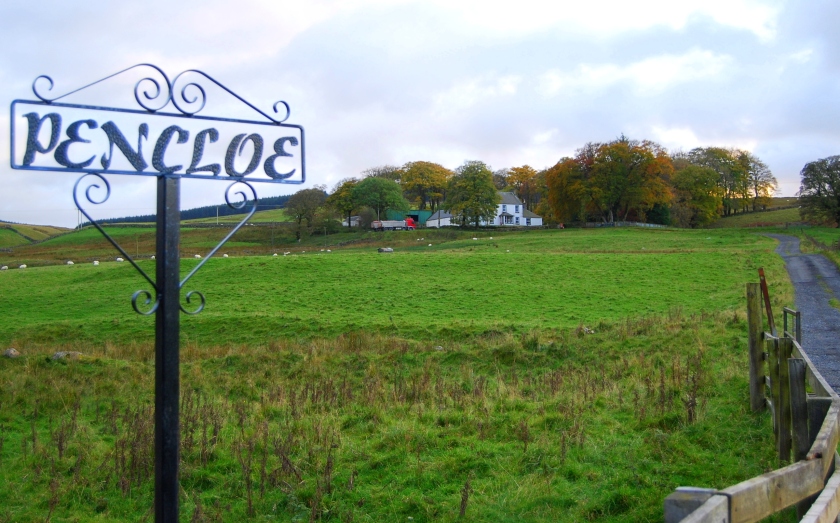
The sale of Pencloe to William Farquhar went ahead and Thomas Campbell, married a dairymaid and together they lived at Starr, on the south west bank of Loch Doon. In 1831, he died an old man at his daughter’s house in Dalmellington. On his deathbead his thoughts turned to Pencloe and his sweetheart Jean Logan of Laight. By this time Jean had made amends with her family and returned to New Cumnock with her husband Sandy Pagan where they had a drapers shop in the Castle, the main thoroughfare in the village. Thomas mused that Jean would see his coffin pass along the Castle on the way to the kirkyard, causing her to cry out ‘Hech Sirs !, there gangs auld Pen’. It was not to be , for Jean died a few days after ‘auld Pencloe’ and before his funeral.
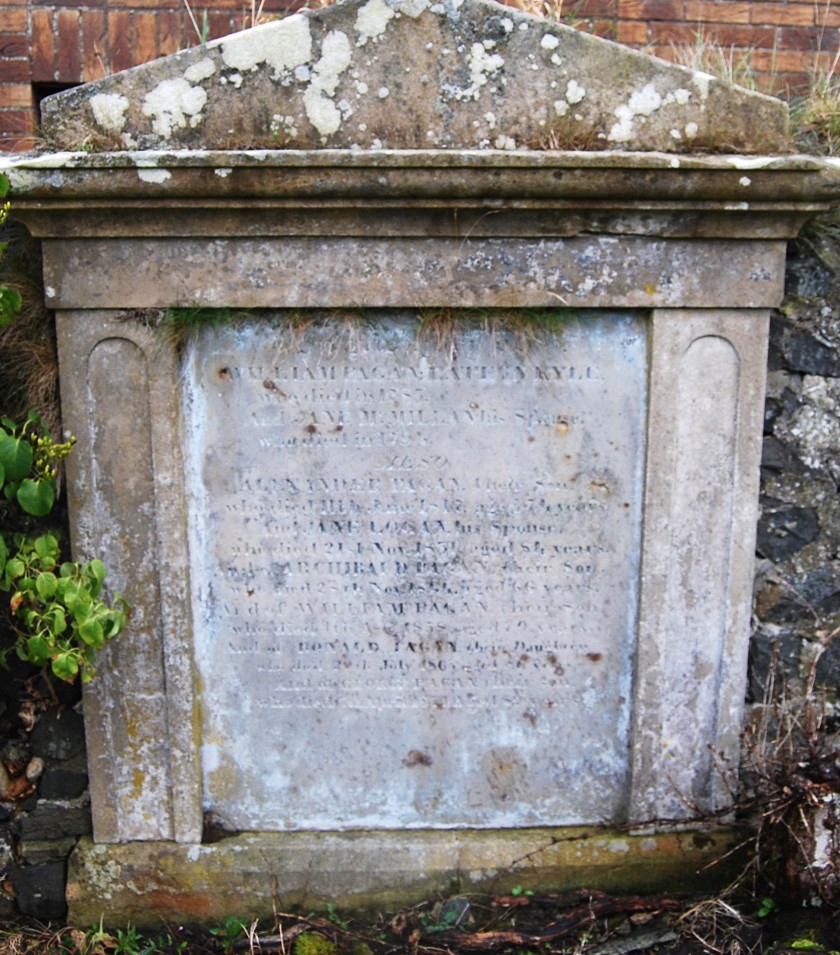
Thomas Campbell was buried in the kirkyard close to the kirk door , where Jean’s son George Pagan had a memorial raised in his memory. Sadly the stone can no longer be found in the Auld Kirkyard , but that of Jean Logan and Sandy Pagan rests against the kirykyard wall. It’s difficult to visit it without thinking of Thomas Campbell and of the tribute paid by Robert Burns ‘I have met with few men in my life whom I more wished to see again than you.’
Acknowledgements:
- Sandy Murray, Pencloe
- Chris J. Rollie ‘Robert Burns and New Cumnock’ (1996)
- Lesley Reid ‘Family History Patches: The Logans’ (1979)
- http://www.robertburns.org/
One comment